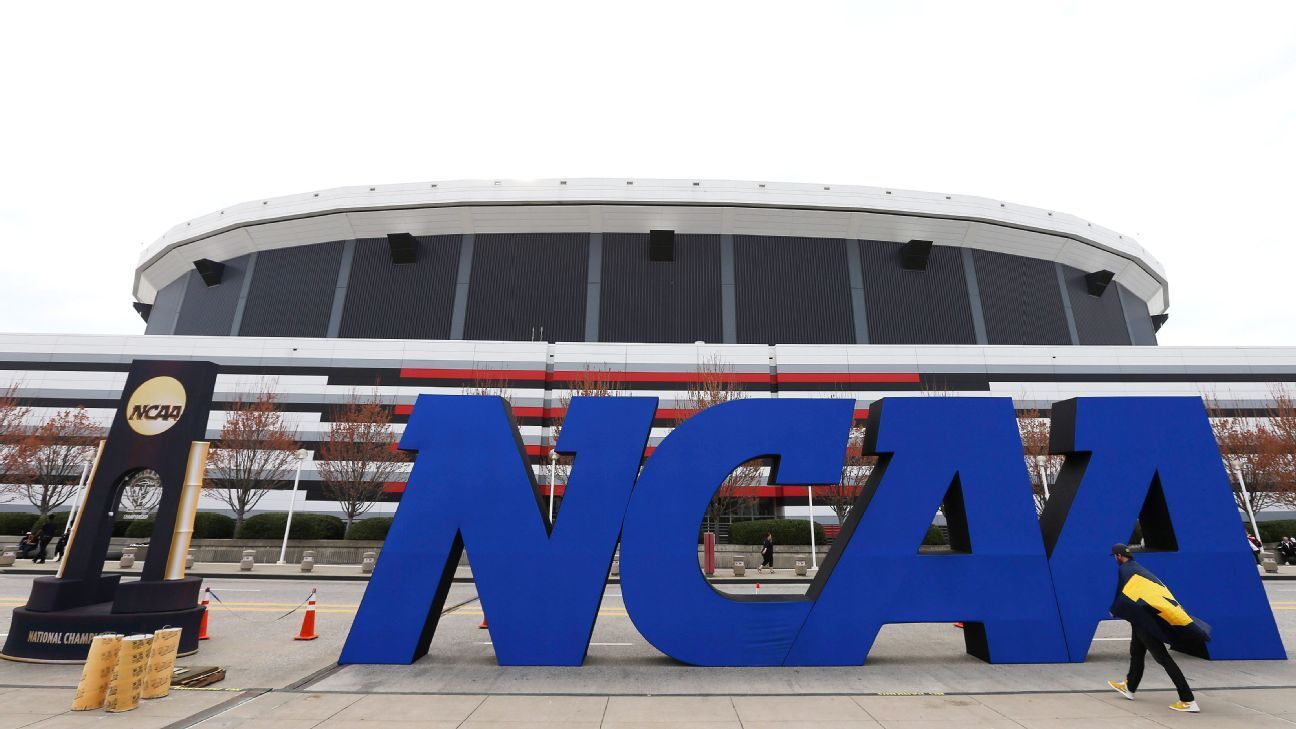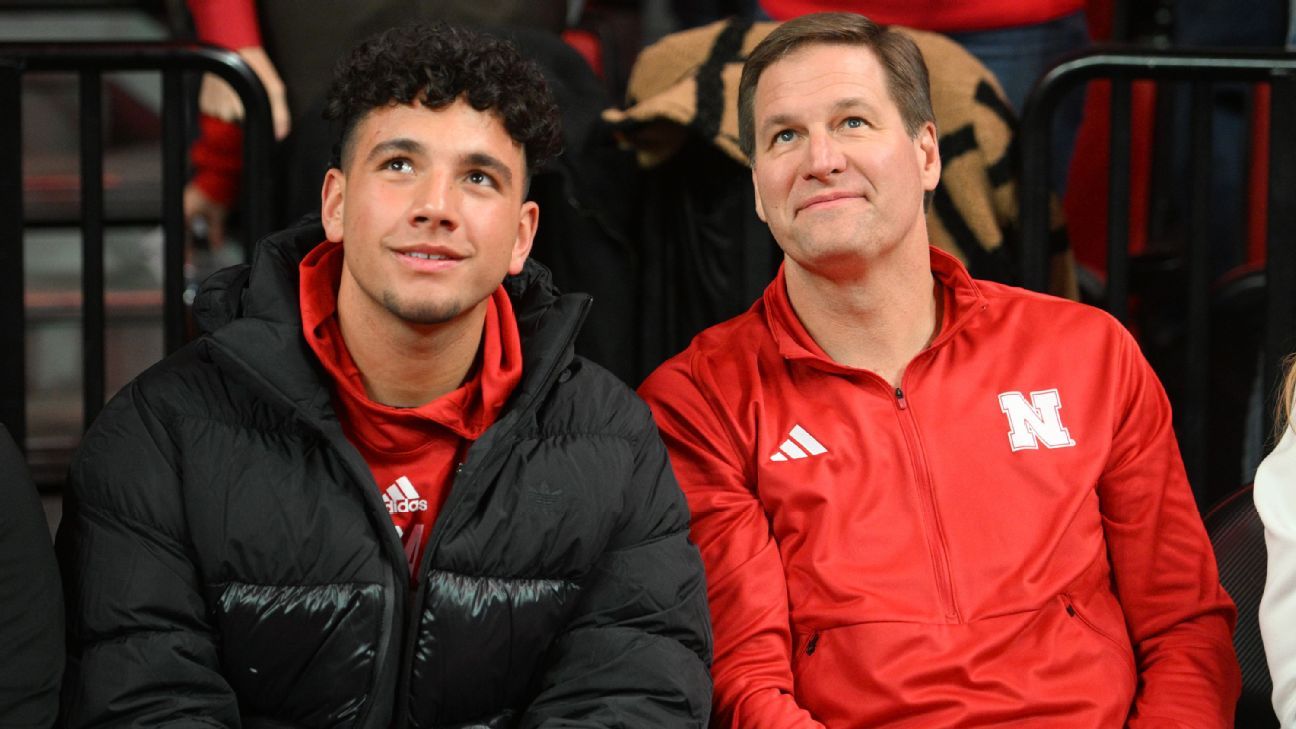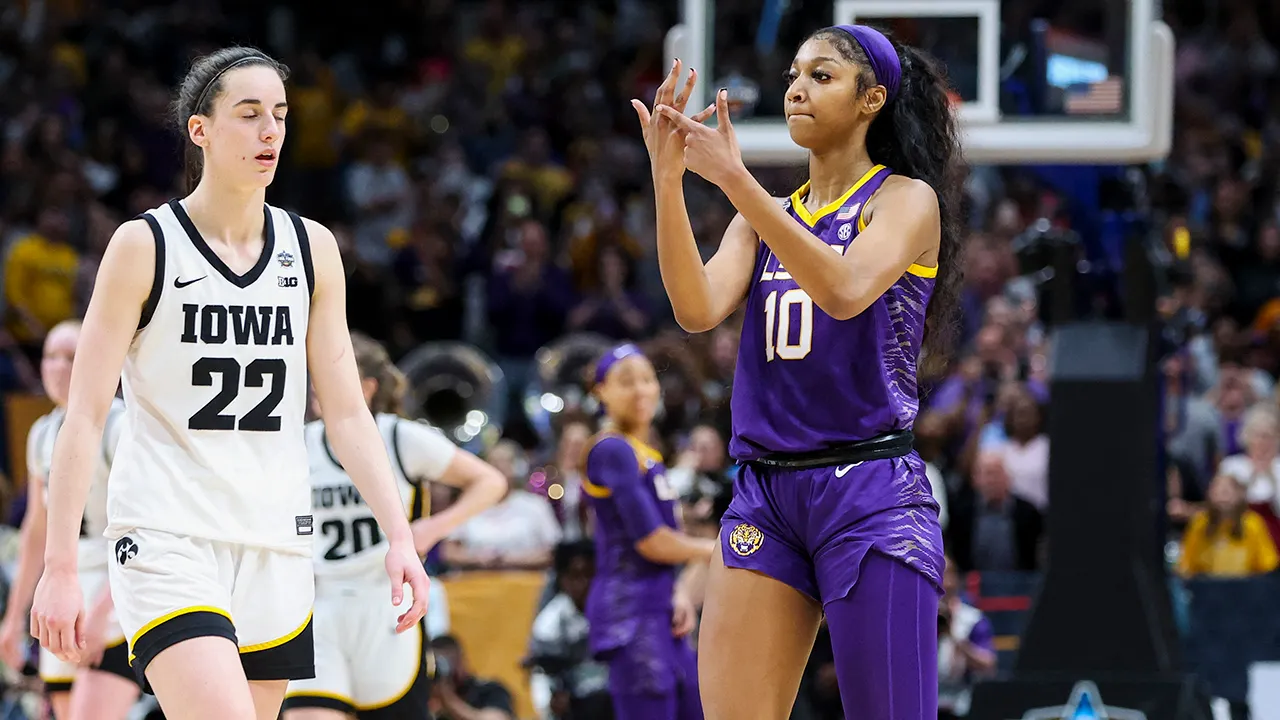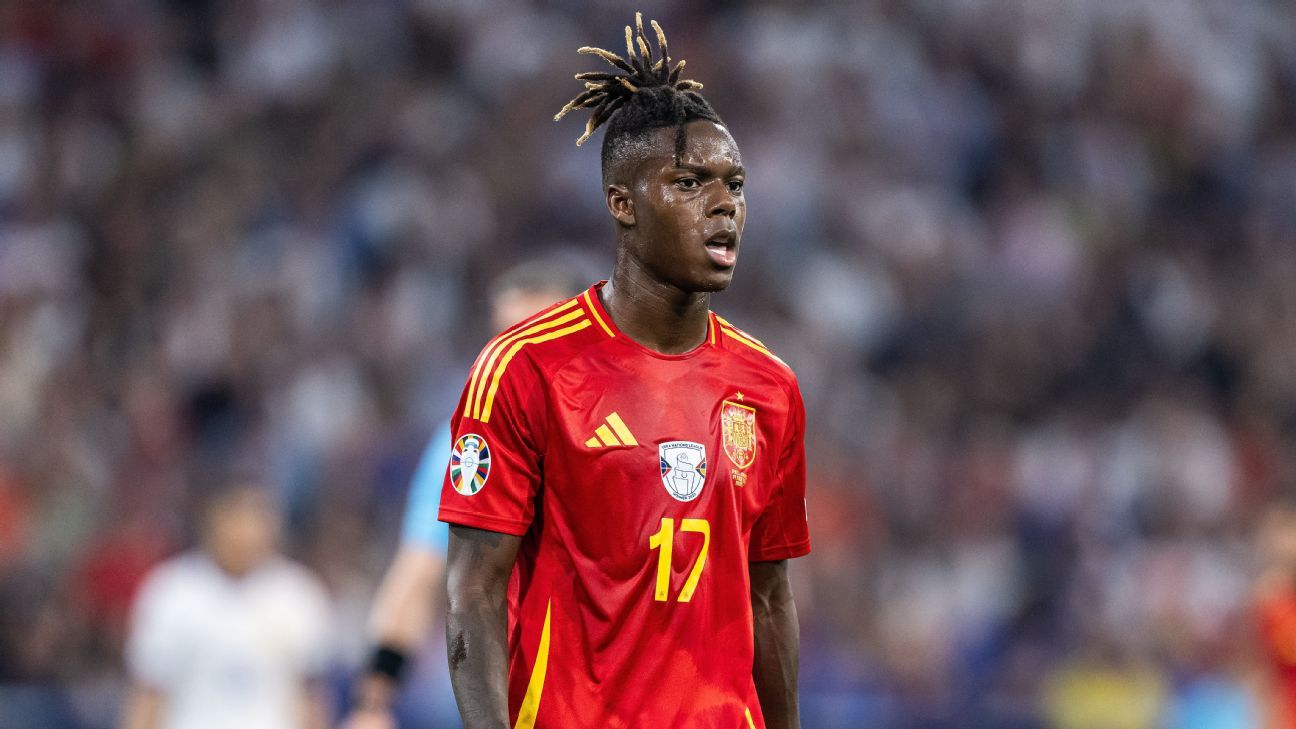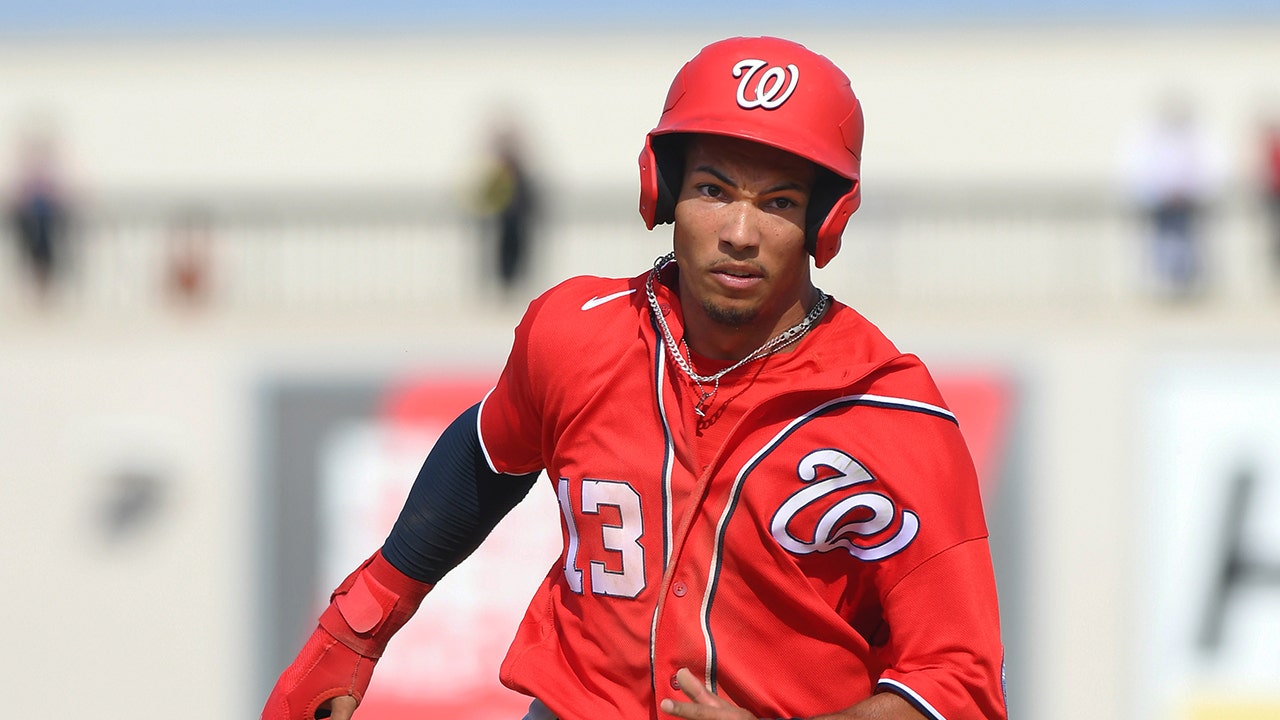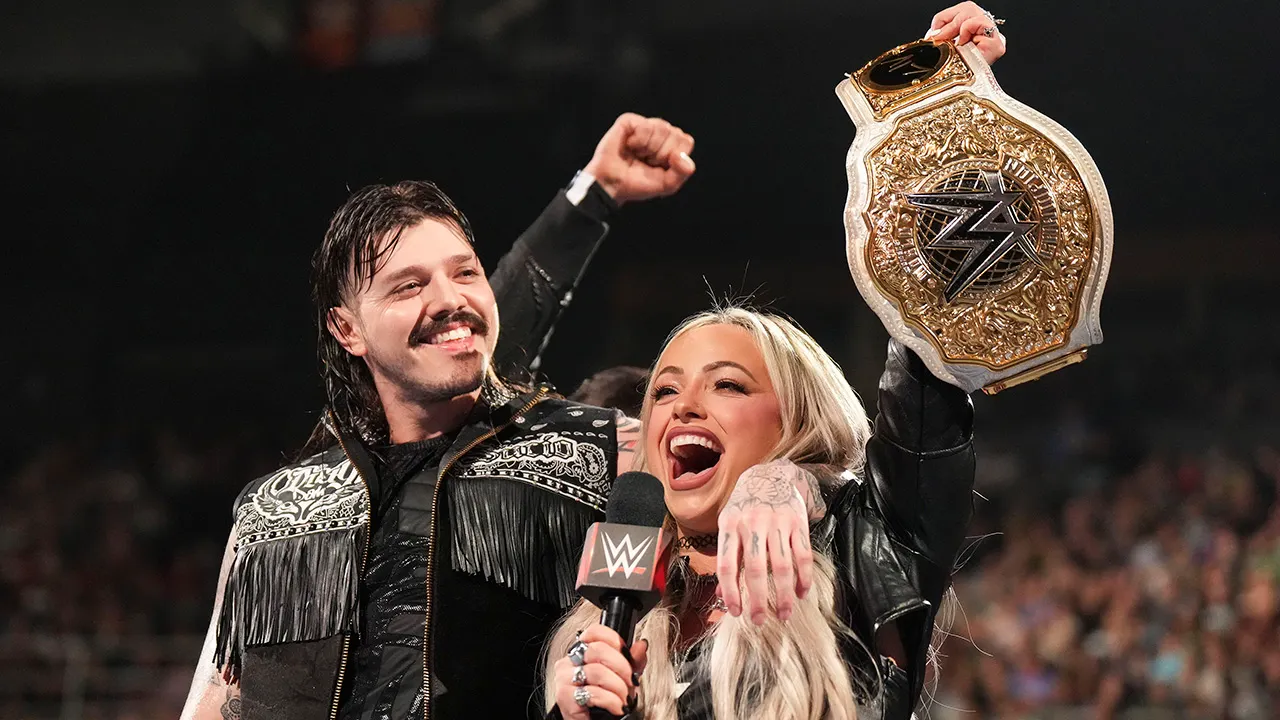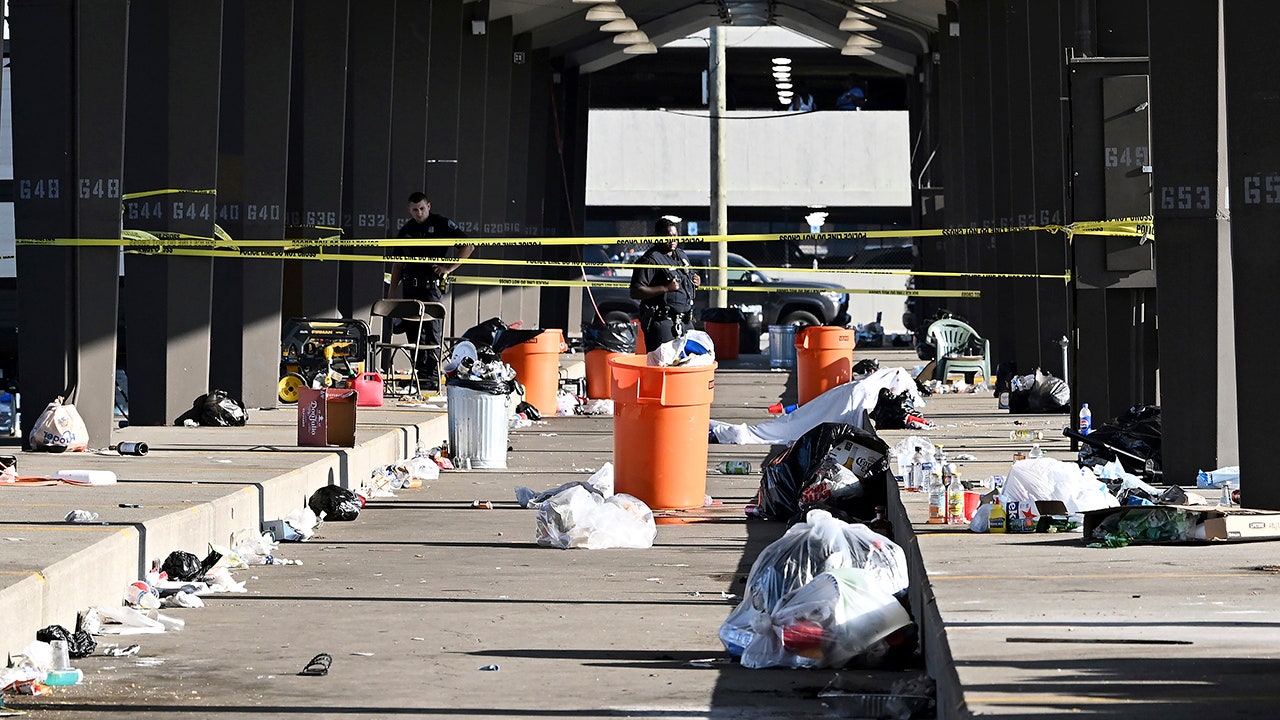The national day of the firm is a significant milestone for athletes at the university level. How does the process work? See more information about the rules and best practices below.
What is the National Signature Day? When is the 2025 event?
The National Signature Day for the 2025 class is February 5. It marks the opening of the final signature period for the class where players not compromised and/or without sign that they are signed with their schools. This class has from February 5 to February 7 to sign financial aid agreements for the next season. When signing those documents, the perspective commitments become officers.
What is the difference between the early firm and the regular firm?
Before the 2017 class, the February firm period was the only time the recruits could sign national intention letters. In 2017, the Council of Division I of the NCAA, and subsequently, the Association of Collegiate Commissioners, approved an early signing day. That has allowed the perspectives two periods to finish their decisions and officially sign with the programs. The early signature period occurs in December and the regular signature period is in February. The firm in the early period allows the prospects to register for the spring semester while waiting until February can be delayed when a player can join their university program. Depending on the school calendar, the registration of a player could be delayed to summer or autumn if he signs in February. If a prospect does not sign in December, that recruitment is still open. The player can remain recruited.
Can you be committed/disassembled after the National Firm Day?
If a player has not signed financial aid documents after the early signature period, that player can commit or disassemble, but the decision will not become official until the firm player during the firm period of February. It is quite common for players to delay a decision for the subsequent signature period. It is less common for players to sign documents and then have doubts. When that happens, a player must request and receive a release before signing with another school. If a coach leaves after the early signing day, the players are granted their release without penalty.
Can you still be recruited after the day of the national firm?
No. Once a player has signed, he is locked in that institution unless they are granted a liberation from their help agreement or, after registering, enter the transfer portal.
Can university coaches attend the National Signature Day?
No. The regulation of the NCAA prohibits the coaches from being present when a prospect is signing. NCAA also prohibits contact coaches outside the campus, contact in person with a perspective for the purpose of signing help agreements.
What is the difference between a national letter of intention and a financial assistance agreement?
Essentially nothing. Since 1964, the National Letter of Atant program has existed as the formal and binding agreement between possible athletes and university programs during the last 60 years. In October, Division I Council of the NCAA approved the elimination of the NLI, which will be replaced by a new financial aid agreement that will provide many of the same central functions as the NLI and will probably be linked to a contract related to an income related to an income related to an income Imminent -the shared model in university athletics.
Why did NCAA get rid of the National Charter of intention?
The movement of the Division I Council for Nix the NLI program occurs when the NCAA and university athletics are prepared for a radical change through the imminent agreement of the Chamber, which will grant approximately $ 2.8 billion in damage to university athletes previous and current and pave the way to share university income and programs to start paying their athletes more than $ 20 million annually as soon as next fall. Aid agreements would include that income information and linked to school to the agreement. The change also prohibits the athletes from signing with more than one school and prohibiting that the programs get in touch with the player once he has signed.
To obtain the latest updates of the NCAA, see the ESPN Hub page to see news, characteristics, classifications and more.

